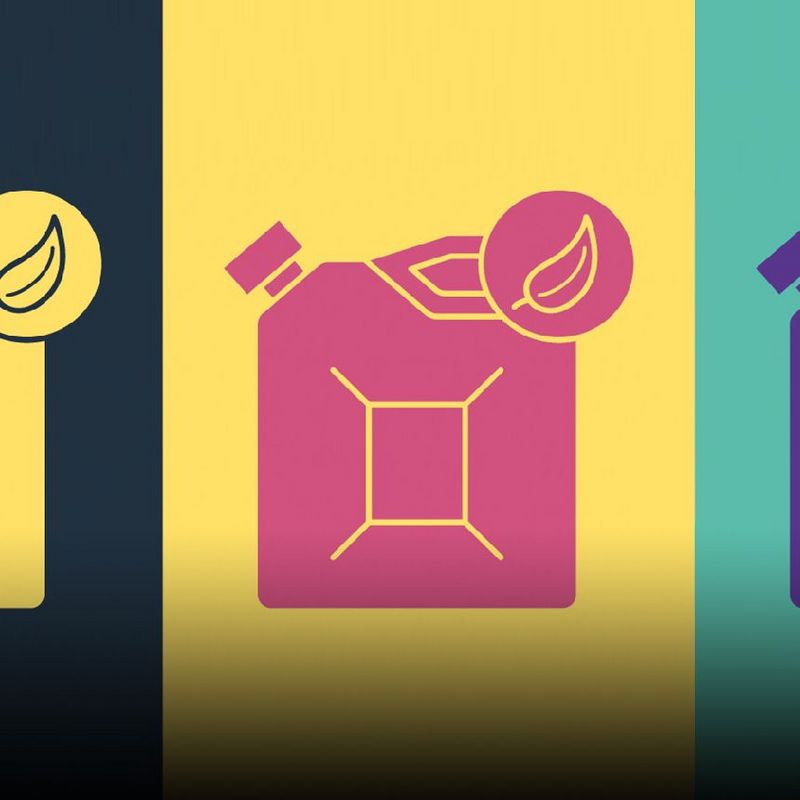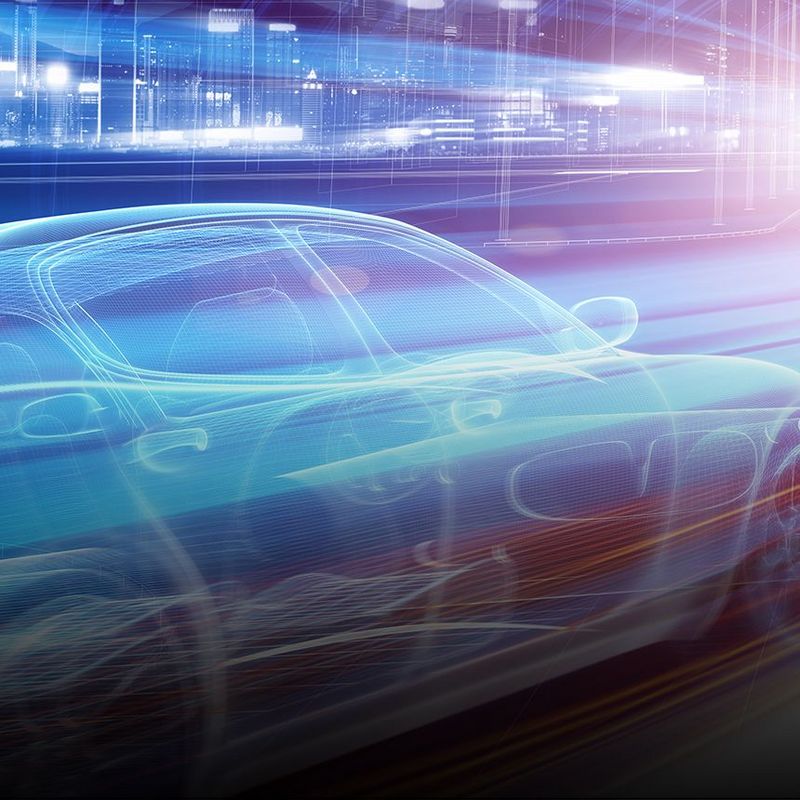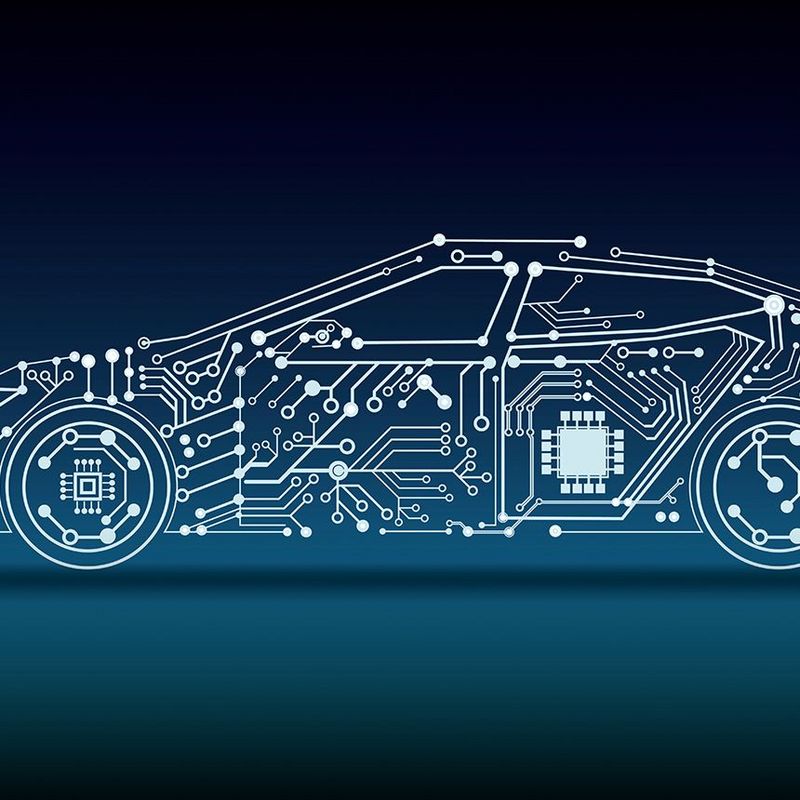19. August 2021
Hydrogen is currently widely touted as a miracle cure for the energy transition. The hope is that the universe’s smallest element will make transport and industry alike more environmentally friendly. We have devoted many articles to this promising gas. Here you will find an overview and answers to the most important questions.
What is hydrogen?
Hydrogen is the smallest and most abundant element in the universe. Unlike on the Sun, Saturn or Jupiter, on Earth this colourless and odourless gas occurs almost exclusively in combination with other elements. It is found in fossil raw materials such as natural gas and crude oil and in more than half of all known minerals. And, as its name and chemical symbol “H2” “suggests, terrestrial hydrogen is mainly bound in H2O, i.e. water.
How is hydrogen produced?
Hydrogen is currently mainly extracted from natural gas by means of steam reformation. This releases a lot of CO2,which means that hydrogen not as environmentally friendly as is commonly thought. It can also be produced with electricity using the electrolysis method. In this process, water is broken down into hydrogen and oxygen. If only electricity from renewable sources is used, the hydrogen thus generated is considered CO2-free. It could also be produced directly at source: at wind farms on the high seas. Click here to explore the advantages this might bring and where such floating electrolysis platforms are already planned or under consideration.
How environmentally friendly is hydrogen?
How good hydrogen is for climate protection depends to a critical extent on the production method. It has become common practice to categorise it by colour according to environmental compatibility: grey, green, blue, turquoise. Verena Schneider from TÜV NORD explains in an interview which method is associated with which colour and how, for example, grey hydrogen can be turned into its blue equivalent.
Where and how is hydrogen used?
The volatile gas is already used in large quantities in refineries and the chemical industry – albeit mainly in its climate-damaging form with the associated high level of emissions. But that is increasingly going to change. Green hydrogen from green electricity can play a fundamental role in the energy transition in transport and industry, says German Research Minister Anja Karliczek with conviction.
Where is it already in use?
Hydrogen propulsion is not just an idea of our time. In fact, the first hydrogen-powered vehicle was built over 200 years ago.
Whereas for a long time the orthodox model was to use the explosive gas to power combustion engines, fuel cell drive technology has since prevailed. This works like an inverted electrolyser: hydrogen is split into water and electricity using oxygen from the ambient air. Where it is the former which drips out of the exhaust, the latter drives an electric motor. Fuel cell cars are thus also electric vehicles. Compared to pure battery-powered vehicles, however, they offer the enticing prospect of a longer range and can be refuelled almost as quickly as a combustion engine – at least, according to the arguments of the hydrogen advocates. However, battery power is considered to be significantly more efficient, requiring less green electricity for the same distance.
You can read in this article about why the fuel cell is being touted as a promising alternative to diesel, especially in heavy goods vehicles.
Deutsche Bahn’s rail vehicles consume some 250 million litres of diesel a year – and this is supposed to fall to zero by 2050. To realise this ambitious plan, the rail transport group also intends to deploy hydrogen trains in the future, especially on non-electrified branch lines, where the cost of overhead lines would basically be prohibitive. Regional train operators such as evb in Lower Saxony have already successfully tested hydrogen trains in recent years: The plan is to operate 14 fuel cell trains regularly in the Elbe-Weser region as of 2022.
Read here to find out which other transport operators are planning to deploy hydrogen and which manufacturers are developing models.
Today, air traffic is considered the absolute bad boy among the climate offenders. One thing is clear: no other means of transport has greater consequences for the climate per kilometre travelled. And what is equally undisputed among experts is that it will not be possible to fly people and goods over long distances using electrical power only in the foreseeable future. This is because today's batteries are too big and too heavy. Alongside biofuels, politicians and the aviation industry are therefore placing their bets on hydrogen. This could be directly used as fuel or further processed into synthetic kerosene, which tends to be the fuel of choice for today’s aircraft.
Jens Friedrich, head of the Institute of Jet Propulsion and Turbomachinery (IFAS) at TU Braunschweig, knows what works best over which distances and what the hydrogen aircraft of the future might look like. His assessment of alternative propulsion systems in aviation can be found in this article.
With a share of 24 percent, the industrial sector was the second largest CO2 producer in Germany last year – ahead of transport, which came in second at 20 percent. In the future, the hope is that hydrogen will make the production of steel, fuels and basic chemicals more climate friendly. Read here to find out which projects are planned, which challenges need to be mastered and where the electricity for green hydrogen could come from.
Some 90 percent of global goods are shipped over the world’s oceans. Shipping is set to continue to grow in the coming years - and, with it, environmental pollution. Many experts agree that there is no magic bullet to clean up shipping. You can find out which measures and alternative drives are being discussed or tested or are already in use and where hydrogen comes into the equation by reading this article.



